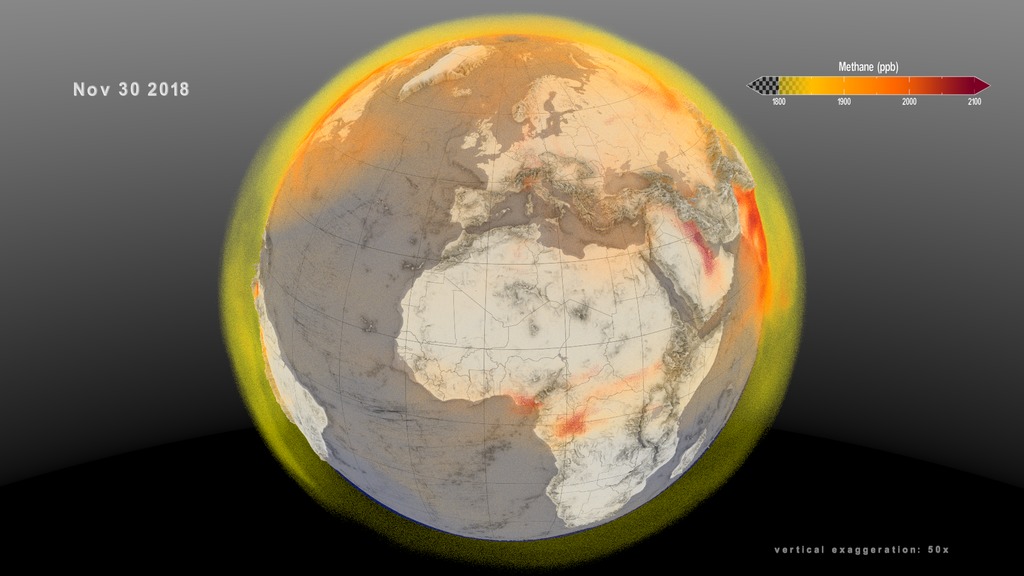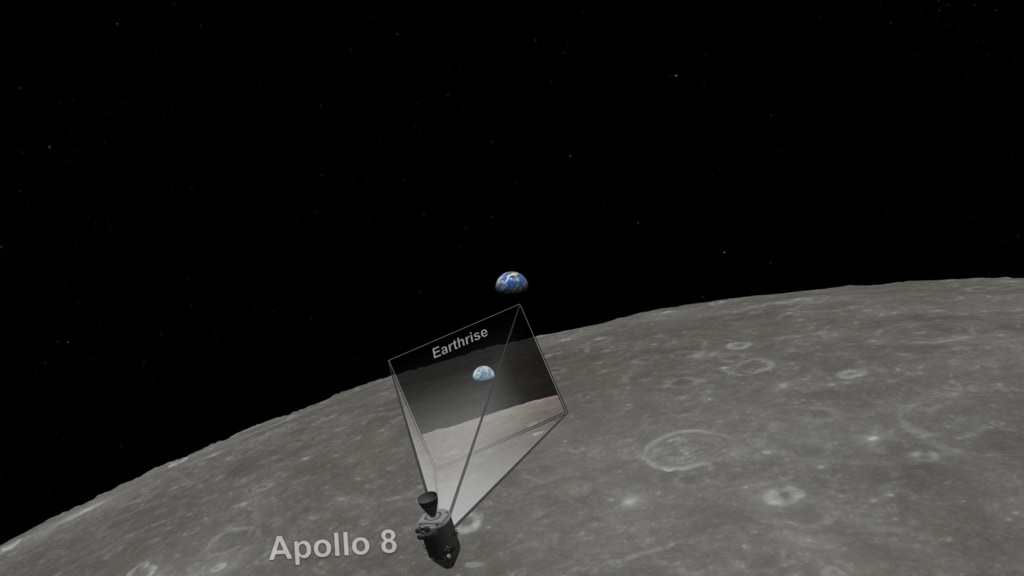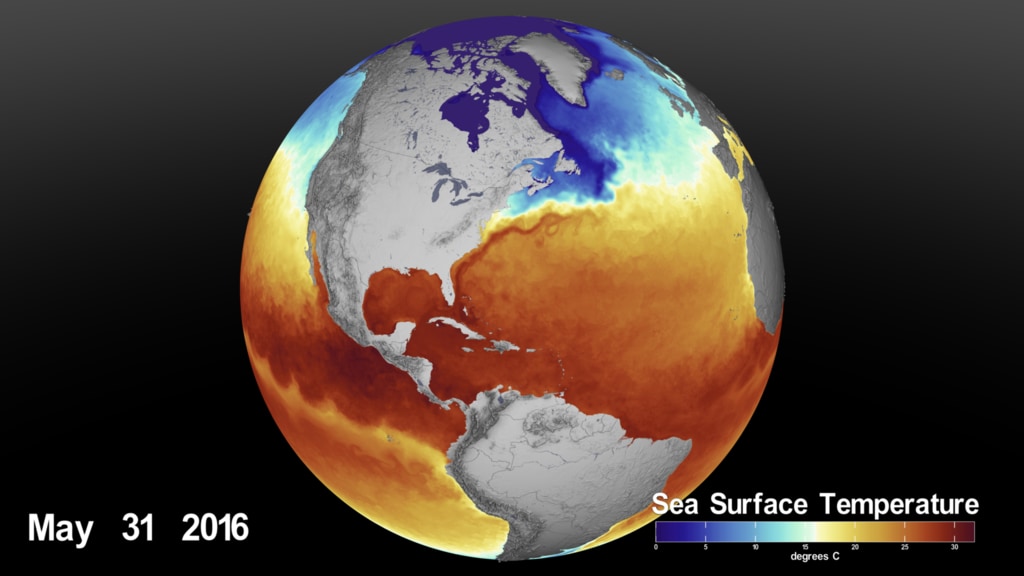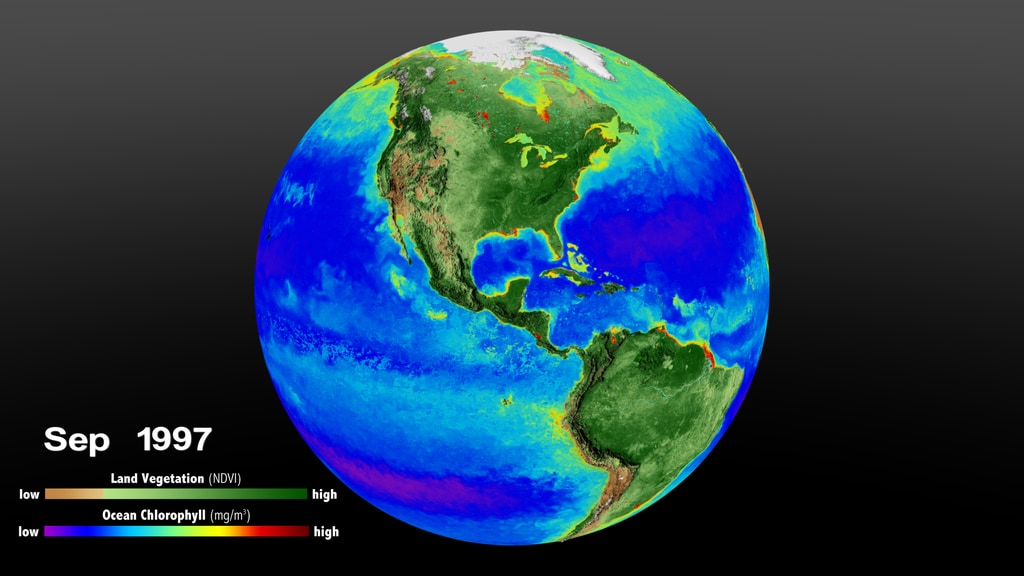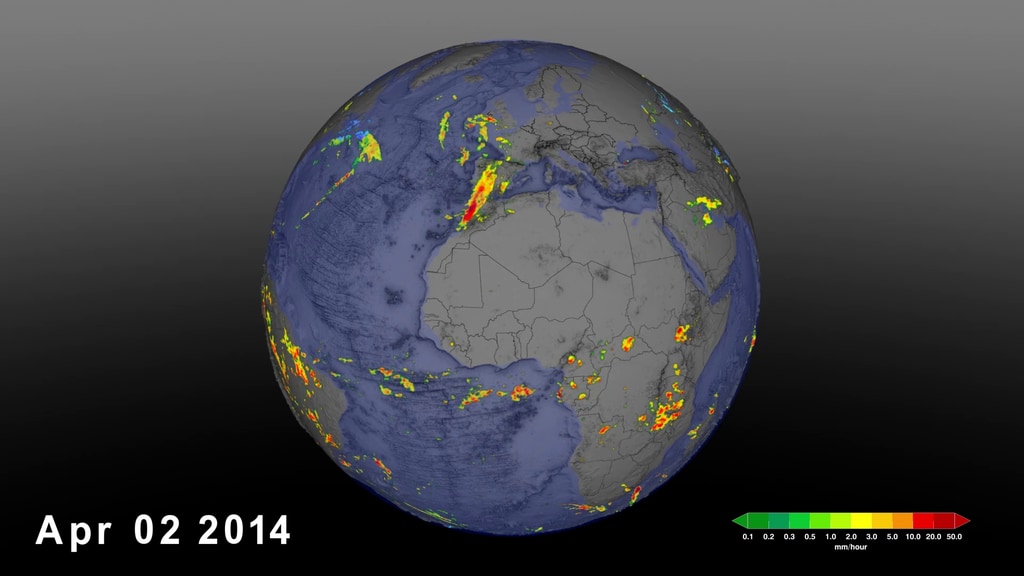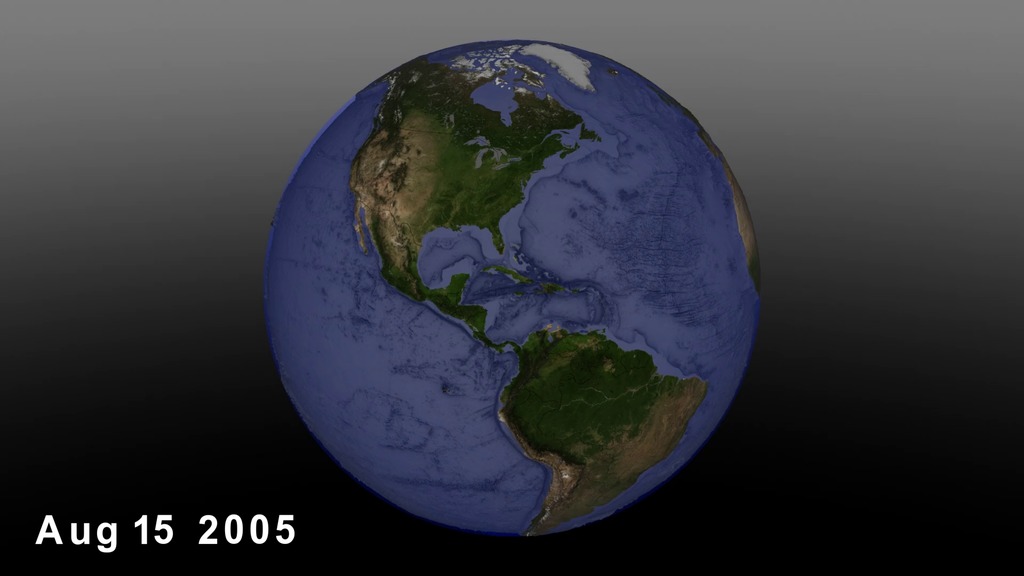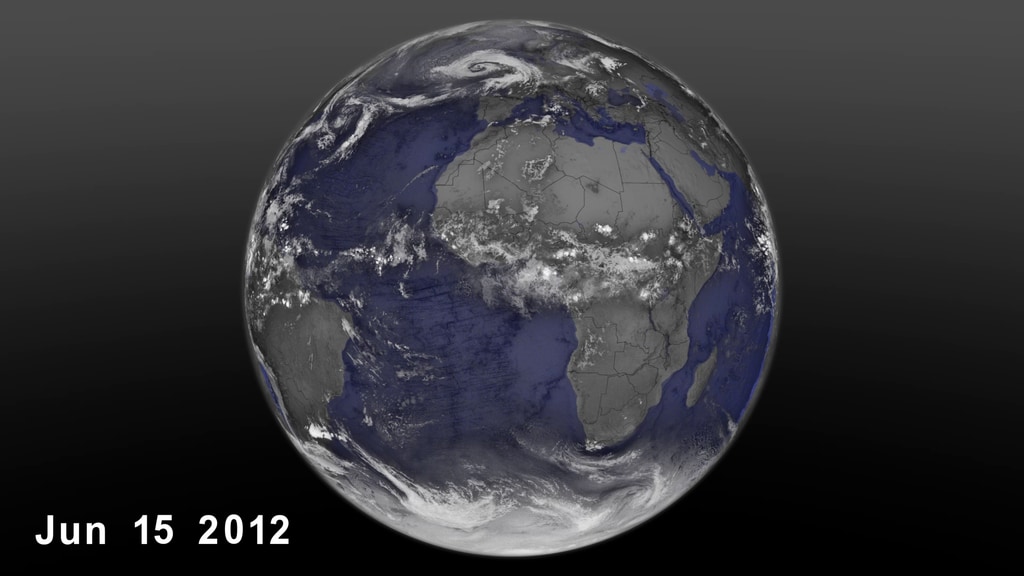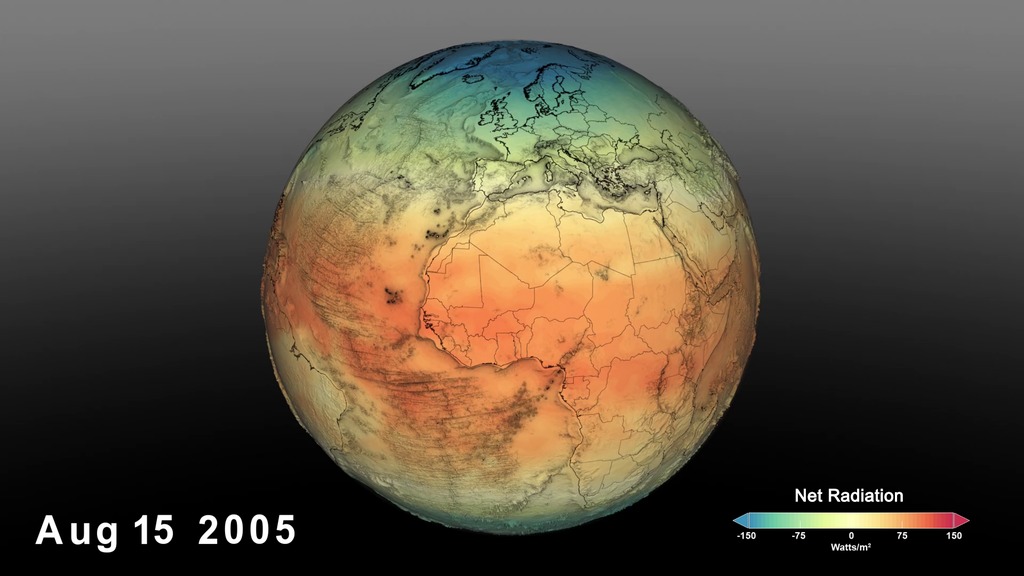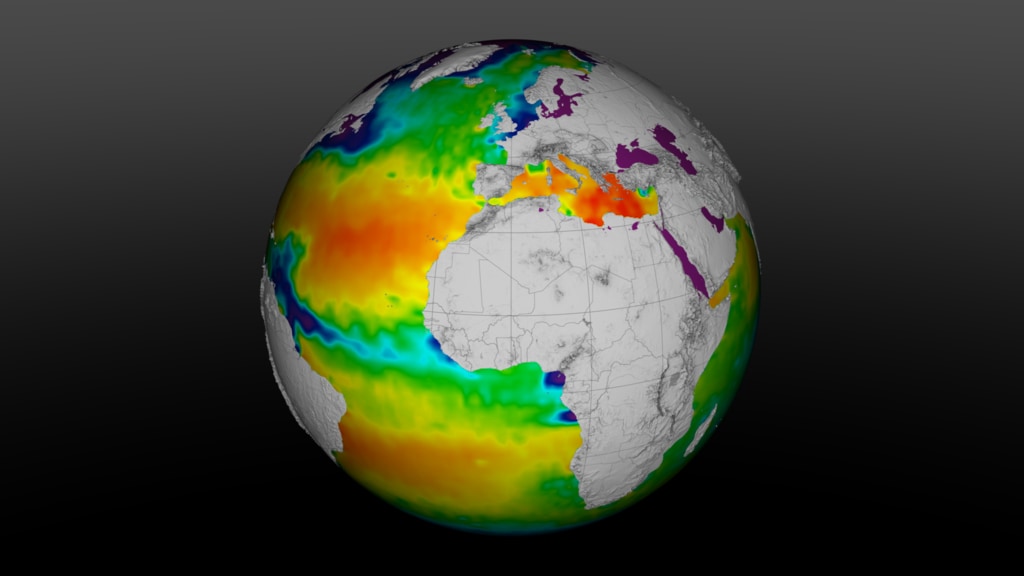NASA Looks Back at 50 Years of Earth Day
It’s been five decades since Apollo 8 astronaut William Anders photographed Earth peaking over the Moon’s horizon. The iconic image, dubbed Earthrise, inspired a new appreciation of the fragility of our place in the universe. Two years later, Earth Day was born to honor our home planet. As the world prepares to commemorate the 50th anniversary of Earth Day, NASA reflects on how the continued growth of its fleet of Earth-observing satellites has sharpened our view of the planet’s climate, atmosphere, land, polar regions and oceans.
Music: "Crest of a Wave," Lorenzo Castellarin, Universal Production Music
Complete transcript available.
Spanish version of the video.
Credits
Please give credit for this item to:
NASA's Goddard Space Flight Center
-
Producers
- Ryan Fitzgibbons (USRA)
- Jefferson Beck (USRA)
- Kathryn Mersmann (USRA)
- Samson K. Reiny (Wyle Information Systems)
-
Technical support
- Aaron E. Lepsch (ADNET Systems, Inc.)
-
Editor
- Ryan Fitzgibbons (USRA)
-
Visualizers
- Greg Shirah (NASA/GSFC)
- Alex Kekesi (Global Science and Technology, Inc.)
- Cindy Starr (Global Science and Technology, Inc.)
- Trent L. Schindler (USRA)
- Horace Mitchell (NASA/GSFC)
- Kel Elkins (USRA)
-
Writer
- Maria-Jose Vinas Garcia (Telophase)
-
Animator
- Krystofer Kim (USRA)
Release date
This page was originally published on Tuesday, April 21, 2020.
This page was last updated on Wednesday, May 3, 2023 at 1:45 PM EDT.


